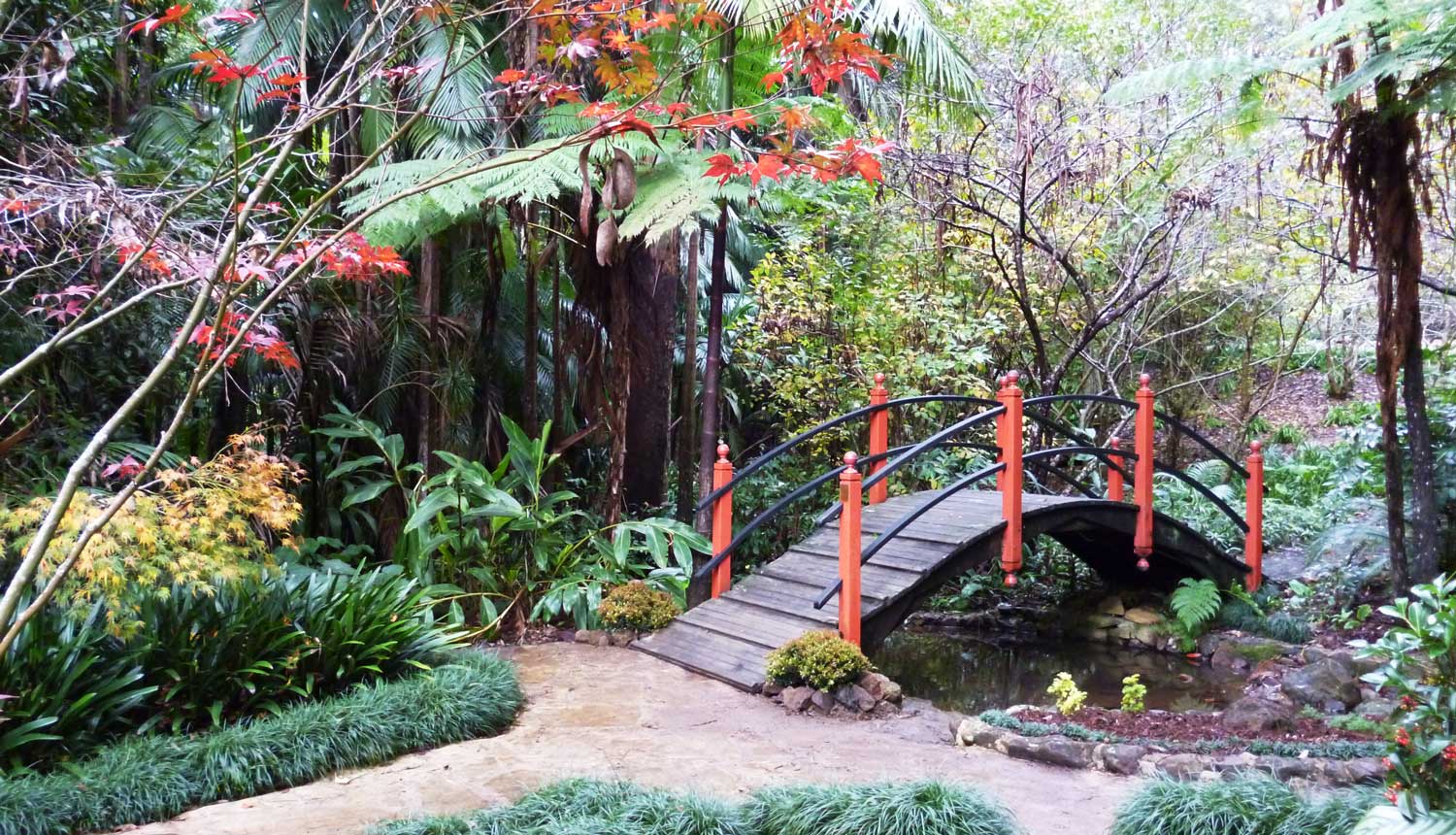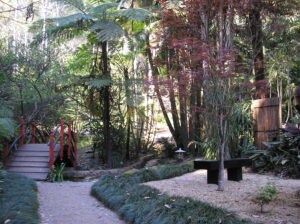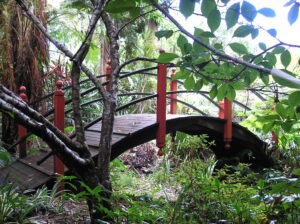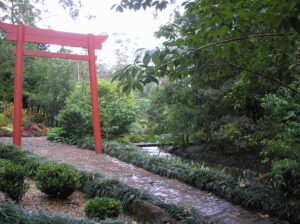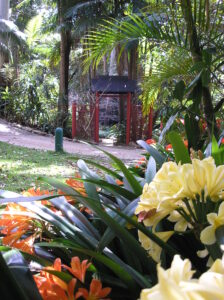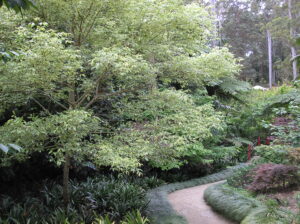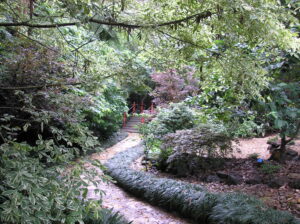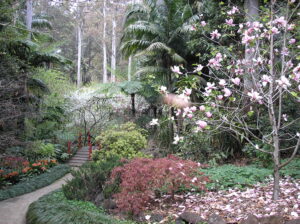What is a Japanese Garden ?
At its heart the Japanese garden remains an attempt by humans to encapsulate the spirit of Nature, recognising the cycle of seasonal changes and the transience of life. The original conception of the garden was to create an idyllic environment that would tempt the deities down from heaven to dwell in proximity to human beings.
In Japan there are myriad ways in which this over-riding aim has been expressed. When one visits Japan it becomes immediately obvious that the range of gardens is vast, from tiny landscaped spaces outside contemporary apartment blocks to historic Imperial gardens which spread over many acres. Despite this huge range they are all linked by the continuity of a long tradition going back over 1400 years.
Outside Japan, Japanese-style gardens have been created across the world. These are inevitably adaptations in one way or another, to account for differing climatic conditions, architecture, availability of suitable planting material and the availability of appropriate maintenance skills.
from the Japanese Garden Society.org.uk
 Painting of part of Landscape of the Four Seasons by the monk Tensho Shubun from the Muromachi Period, showing an idealized Japanese landscape, where man was humble and lived in harmony with nature. This ideal landscape was also depicted in Japanese gardens. Wikipedia
Painting of part of Landscape of the Four Seasons by the monk Tensho Shubun from the Muromachi Period, showing an idealized Japanese landscape, where man was humble and lived in harmony with nature. This ideal landscape was also depicted in Japanese gardens. Wikipedia
There’s something poetic about a garden. Sometimes any garden will do, but a Japanese garden seems especially poetic. As you walk around such a garden in the flow of the year’s seasons, you may notice a fallen camellia blossom, a blade of grass set to swaying by a passing dragonfly, a drying oak leaf clinging to a mushroom or frost sparkling on a bright red berry. These details inspire poetry the world over. In Japan they often inspire a special genre of poetry known as haiku.
Haiku example:
Tall beautiful trees
wind moving the leaves gently
large limbs stretching up

